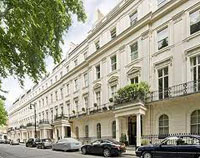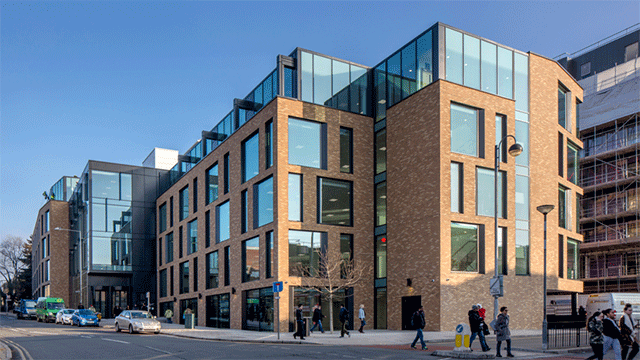Earlier this year a fresh gentrification row erupted in Brixton. The opening of a Foxton’s in the area saw discontent spiral into protests and abusive graffiti. Whether local people support or abhor the assumed improvement of a district through an influx of greater prosperity, what does this term “gentrification” mean?
In theory, it should bring about greater wealth to the local economy as it attracts residents who have more disposable income to spend locally. Gentrification can be a good way of regenerating an area as long as the general character or identity of the area is maintained.
After all, it is often the “vibe” of a place that draws people to it in the first place. If the process of gentrification results in an area becoming a mirror image of other parts of London, the capital will lose the very essence of what makes it the greatest city in the world.
Any influx of new residents who perhaps don’t have the historic connections to an area will bring change to that area, and people view change differently. There will be those who embrace change, because they benefit from it, and those who resist change, feeling that they are being squeezed out.
One of the key issues that can make gentrification such a sensitive issue is that in certain areas of London, many residents do not own their homes and instead rent. One effect of having such a low percentage of home-owners in an area is that as property prices increase, rental levels also increase. Consequently tenants are no longer able to afford to live in the properties and don’t benefit from the increase in prices.
The scale and extent of gentrification taking place across London has been very evident in a variety of areas. For example, the area around King’s Cross, with its Eurostar transport link, has seen rapid regeneration. The same is true for the area in W2 close to the Paddington Crossrail connection. Improvements to infrastructure often result in the gentrification of an area and it is no surprise that both King’s Cross and Paddington are closely connected to major infrastructure projects.
Notting Hill has also been transformed by gentrification. It is difficult to imagine now, but 30 years ago this area was overshadowed by other areas in central London. However, in recent times the demand for larger amounts of lateral and outside space has boosted the attractiveness of the area. The properties are spacious and provide access to the large, private garden squares often preferred by buyers today.
Over the past few years there have been several residential developments, mixed-use schemes that were previously commercial premises being converted into residential buildings.
From the Docklands in the east to Putney Bridge and beyond in the west, many new residential developments have been built along the river and more are planned. These new buildings often provide the latest technical facilities in home design which appeal to the living standards and aspirations of the modern, often international buyer.
Another hotspot is Covent Garden, which has seen a surge in residential refurbishments and conversions, and a move towards upmarket retail.
Oliver Russell is head of property acquisition at Charles Russell LLP











